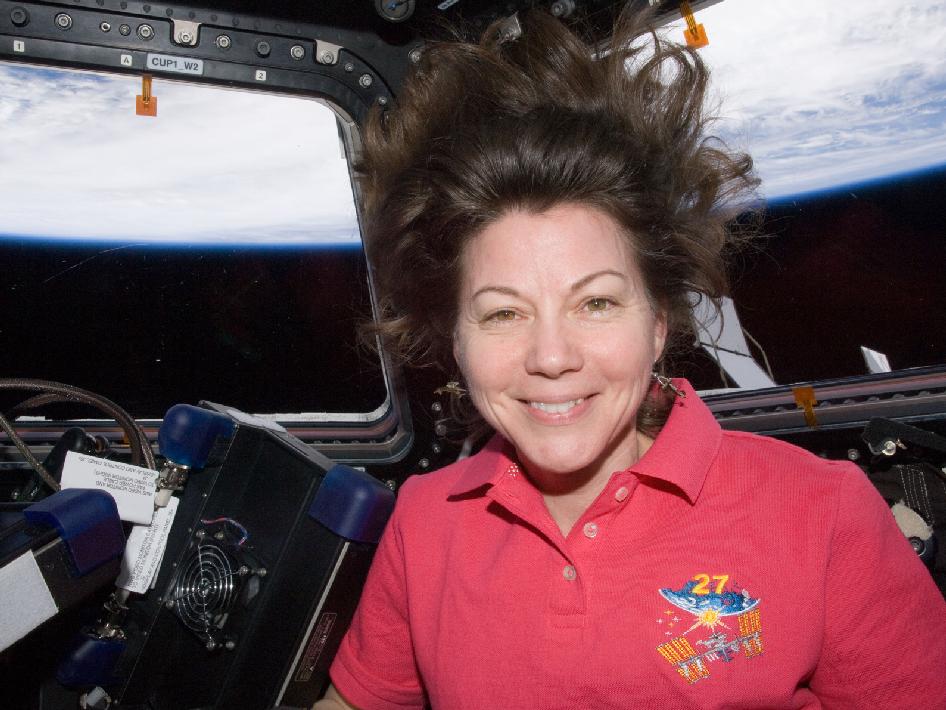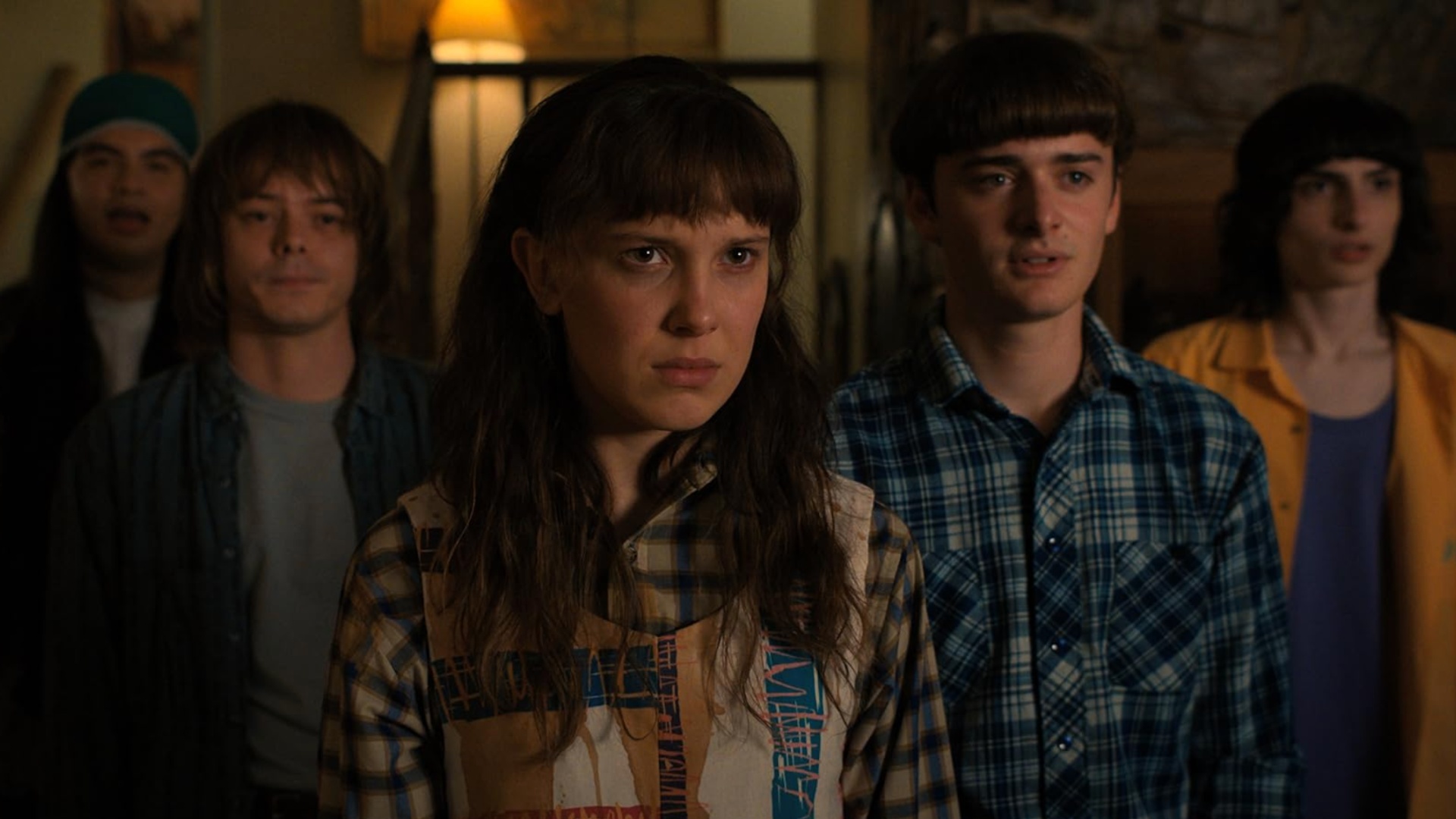Back on the Ground: Q&A With Astronaut Cady Coleman

Astronaut Cady Coleman just wrapped up a 5 1/2-month stint aboard the International Space Station, where she lived and worked with a cadre of multi-national spaceflyers.
Her stay saw two of the last three space shuttle missions ever, as well as other major milestones. Coleman landed in Kazakhstan aboard a Russian Soyuz spacecraft on May 24, after 159 days in space.
SPACE.com caught up with the NASA astronaut, a veteran of two previous flights on the space shuttle Columbia, to talk about the highlights of her time in space.
SPACE.com: How have you been adjusting to being back on Earth?
Cady Coleman: It's both quick and slow, in that I feel surprisingly normal and yet there's still some things that surprise me. I needed to run back into my house today and started to run, and I quickly realized that I wasn't quite ready to do that yet.
You know, when your head feels funny and you're a little bit off — just feeling a little bit dizzy or like the world is turning quickly — it just reminds you that you've had a pretty special experience.
SPACE.com: What stands out as the highlight of your trip?
Breaking space news, the latest updates on rocket launches, skywatching events and more!
Coleman: I would say getting to be part of the crew that captured the HTV, the Japanese supply ship, was a really significant and powerful event for myself and, I think, for our crew.
It's one thing to practice that here on Earth and be looking at a computer that is acting just like the robotic arm, and looking out the window just like you're looking out the window, but there's nothing that compares to the feeling of having a many-tons supply ship just 15 feet away from the space station, and be the person to, in this case, successfully capture it and berth it to the space station. I really loved being part of that.
SPACE.com: What was it like to be there when the space station was essentially complete, after more than 10 years of construction?
Coleman: I loved being up there when it was at such an advanced stage, literally. [Historic Photos Show Shuttle Endeavour & Space Station Together for Last Time]
The fact that the cupola is up there. The fact that we have windows and a place where we can see places on the Earth coming, approaching — we're there, and then they move off into the distance, and it all happens within the space of a minute or two. You know that vision, that vista, is very significant, I think, to a human and just our soul inside. And so I feel very privileged to have been there when the cupola is there.
I loved being there when all these different supply vehicles and the Permanent Logistics Module came into play, and it just puts us in a good stead to be operating this vehicle, this platform, in the way that we have all lived for it to operate.
The only limitation right now is time, is just having enough minutes and hours in the day. If we could put more people up there at one time, then we could be doing more work. There's a lot of really good and important work to be done, and we're doing it, and that's really exciting to me.
SPACE.com: How special was it to be at the space station for the last flight of the shuttle Endeavour?
Coleman: It's funny; to me, it's not about the ships themselves as individuals. They are each individual ships, they have individual names, but my affection and intense feelings for them just have to do with the fact that they are space shuttles and they bring people to space, and I myself have gotten to go to space because they are the vehicles that they are. And it's hard to think that this will be the last mission for that particular orbiter.
But in my mind the future and exploration are what are important, and the price that we pay is that we can't do everything at one time. [Cady Coleman Reflects on 159 Days in Space]
It's time to be involved in the future, and we can't do that while we're involved in the past as well. It's time to be moving on to other things, which means retiring the vehicles that have given so much and paved the way for where we're going now.
SPACE.com: Do you think it's going to be emotional to see Atlantis make the last shuttle launch?
Coleman: I'm probably still a little bit in denial that it's going to end. It's hard, because we've been going to space for 30 years now in the space shuttle and for 50 years before that. It's something that we do as people. And yet for 30 years our vehicle here in the United States has been the space shuttle. And it's hard not to have that.
But people are still leaving the planet. And they're coming home.
And in my mind to be doing this as an international community together with 16 countries is essential and right and exactly what we should be doing, and to be thinking of it as one country, and as what we as one country can do, is a little bit smaller than we need to be thinking. This is a global program, and it's moving forward.
SPACE.com: What do you hope the legacy of the space shuttles will be?
Coleman: In one way, because they do bring so many people to space at one time, five or six or seven or eight, we've brought so many people to space, a diverse group of people which includes women and minorities and just people with various different talents.
And every time we bring somebody who's just a little bit different, which is every time, it emphasizes for the people here on the ground that space is for everyone, and that it's a place where real people just like them are living and working and exploring.
SPACE.com: Well, thank you so much, and welcome back to Earth.
Coleman: Well, thank you Clara, and thanks for SPACE.com. I think we do important work up there and I think that y'all do a great job portraying what is going on in a realistic way, and I very much appreciate that.
You can follow SPACE.com Senior Writer Clara Moskowitz on Twitter @ClaraMoskowitz. Follow SPACE.com for the latest in space science and exploration news on Twitter @Spacedotcom and on Facebook.

Clara Moskowitz is a science and space writer who joined the Space.com team in 2008 and served as Assistant Managing Editor from 2011 to 2013. Clara has a bachelor's degree in astronomy and physics from Wesleyan University, and a graduate certificate in science writing from the University of California, Santa Cruz. She covers everything from astronomy to human spaceflight and once aced a NASTAR suborbital spaceflight training program for space missions. Clara is currently Associate Editor of Scientific American. To see her latest project is, follow Clara on Twitter.
